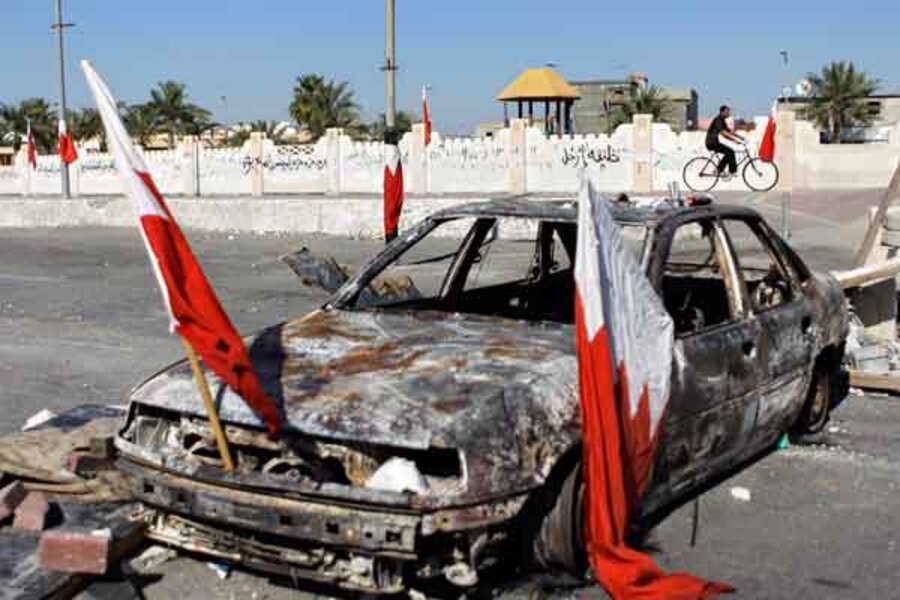Two-track democracy in the Arab world
Loading...
North Africa and the Gulf are distinct zones of the Arab World. Each is experiencing the "Arab spring" differently.
Despite the conflict in Libya, North Africa seems to be where democracy is taking root. Tunisia and Egypt have moved from street protests to political reform. The leaders of Algeria and Morocco have promised to liberalize.
The pace may not be fast enough nor the level of change deep enough for democracy activists, but so far the old guard has not put its foot down and radical Muslims have not asserted themselves.
In the Gulf, the Sunni-Shiite split complicates the Arab spring. Democracy protests have become mixed up with Saudi-Iranian rivalry in Bahrain and eastern Saudi Arabia. Though reforms have been promised, it is unclear how the political dynamic will play out in ethnically-split nations. (Yemen is a hybrid of North African and Gulf cultures. There the rule of Ali Abdullah Saleh looks increasingly shaky.)
Then there's Syria. Iran backs the Alawite-dominated government of Bashir Assad. The Saudis sympathize with the Sunni majority. But neither Riyadh nor Tehran wants more regional instability. If the Sunnis continue to test the Assad regime, they may find themselves on their own.


